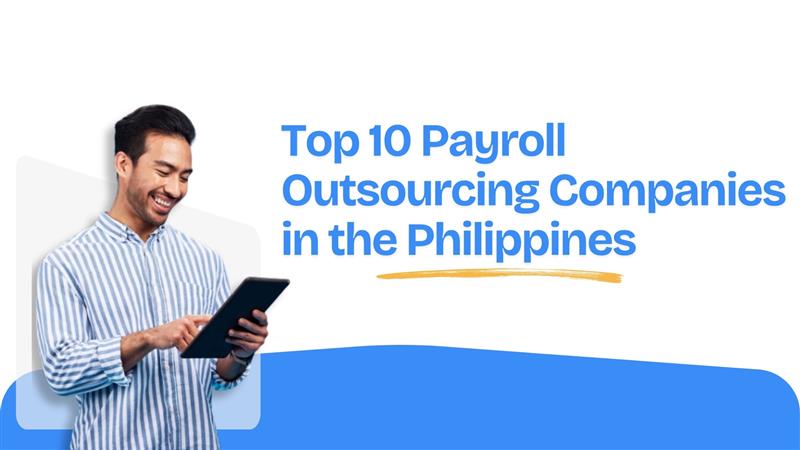In some ways, today’s focus on the customer experience (CX) echoes the same sentiments of the saying “the customer is always right.” Everything revolves around providing potential and existing customers with a valuable experience from start to finish. It is so important that 58% of global businesses participating in a survey perceived it to be their main competitive differentiator.
Driving Customer-centered Culture Through HR Processes
Bridging Customer and Employee Engagement
HR also plays an important role in facilitating data and feedback systems between employees who deliver the customer experiences and the consumers themselves. A study published in the Journal of the Academy of Marketing and Science found that employee satisfaction had an impact on customer outcomes, leading to a higher likelihood of re-patronage and increased customer loyalty resulting in revenue increase. By understanding their strengths and areas for improvement in the context of how CX is evaluated, employees become engaged and are able to meet goals more effectively. Furthermore, employees that are highly satisfied in their roles form more positive relationships with customers. These employees are able to have better interactions with customers and are able to put more effort into understanding them. Verizon Connect highlights the importance of understanding your customers, and one way to do so is to treat them as your partners, similar to how you relate with your employees. They will feel more like valued individuals with needs rather than mere numbers that add up to profit.
Performance Management
As organizations move from traditional performance management methods to agile techniques, employees delivering customer experiences need to be more capable in order to boost company performance. This can only be done with regular feedback, communication, and constant coaching, especially in high-pressure and highly competitive environments. HR and People teams can work with management to boost enthusiasm and engagement with the right coaching methods to clarify objectives, continuously upskill talent, and provide a work environment based on end-to-end accountability. By doing so, employees will be more capable of providing customers with their changing needs, even with the pressure of fast-paced industries.
Written by Rae Jolene
Exclusively for peopleshr.com
























